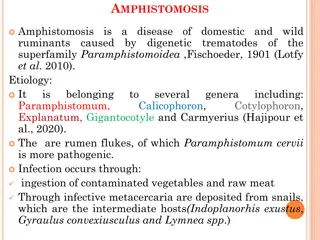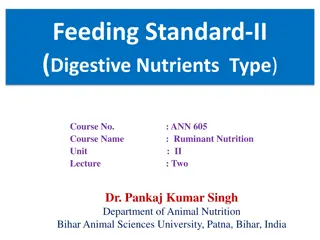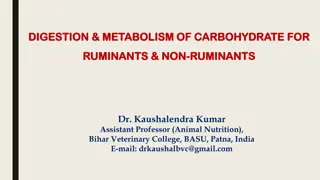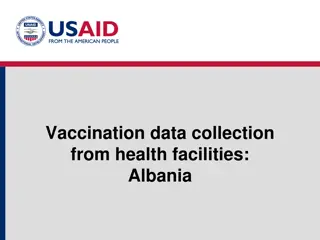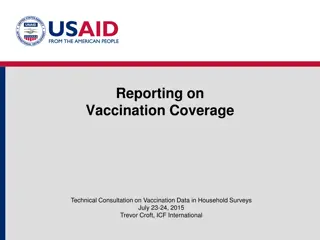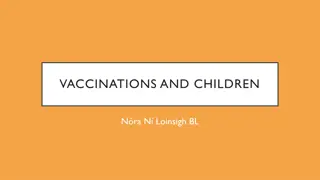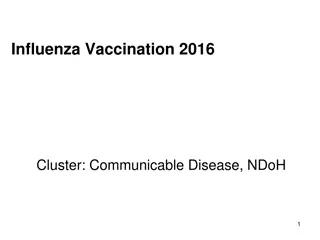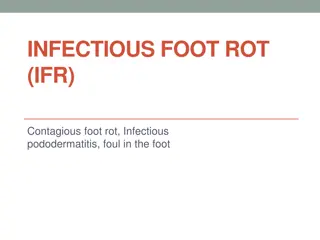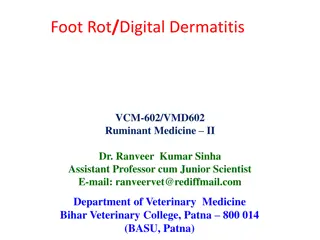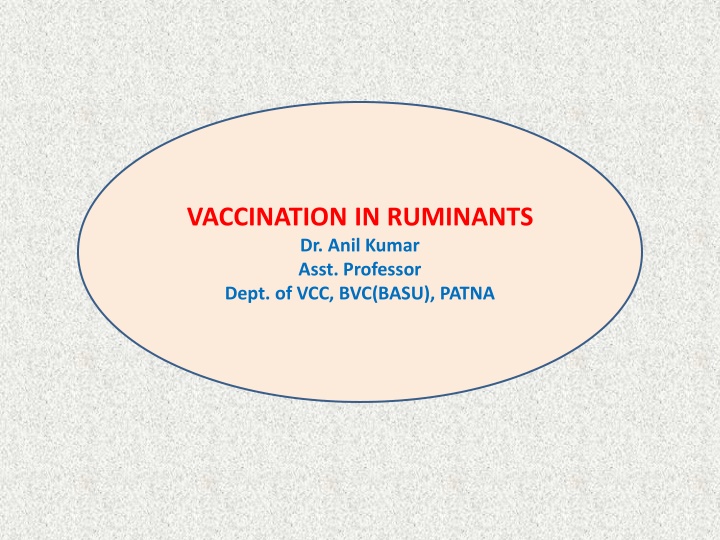
Vaccination in Ruminants: Types, Administration, and Side Effects
Learn about the importance of vaccination in ruminants, types of vaccines, points to note during vaccination, side effects, common reasons for vaccination failure, and more. Proper vaccination protocols are crucial for preventing diseases and ensuring the health of your livestock.
Download Presentation

Please find below an Image/Link to download the presentation.
The content on the website is provided AS IS for your information and personal use only. It may not be sold, licensed, or shared on other websites without obtaining consent from the author. If you encounter any issues during the download, it is possible that the publisher has removed the file from their server.
You are allowed to download the files provided on this website for personal or commercial use, subject to the condition that they are used lawfully. All files are the property of their respective owners.
The content on the website is provided AS IS for your information and personal use only. It may not be sold, licensed, or shared on other websites without obtaining consent from the author.
E N D
Presentation Transcript
VACCINATION IN RUMINANTS Dr. Anil Kumar Asst. Professor Dept. of VCC, BVC(BASU), PATNA
Vaccination is practice of administration of killed, mild or attenuated microbes in order to stimulate immune system against wild form of infection thereby preventing infection Types of vaccines: Based on importance of disease, vaccines are divided into three categories (Tizard, 2013): Essential or core vaccine: Vaccines which protect against common, dangerous disease with significant morbidity and mortality. Optional or non-core vaccines: Disease for which risk is low Special vaccine: Vaccines that may have no application in routine vaccination but may be used under very special cases.
Points to be noted during vaccination Good health vaccination The cold chain of the vaccines The manufacturers instruction A minimum vaccination coverage of 80% of population is required for proper control of the disease. De-worm the animals 2-3 weeks before vaccination for better immune response. Vaccinate animals at least a month prior to the likely occurrence of the disease. In advanced pregnancy may be avoided even though in most cases nothing untoward may happen. at the time of
Side effects of vaccination : Transient swelling at the site of injection and a reaction that may change coat colour in the area Coughing after nasal administration Transient pyrexia (fever) Respiratory distress, salivation, vomiting, diarrhoea, urticaria Reduced fertility, foetal deformities and abortion Excretion of vaccine virus, which may affect other animals in the herd that are susceptible, e.g. spread of vaccine virus in pigs from fatteners to breeder Source: Rev. sci. tech. Off. int. Epiz., 26 (1)
Most common reasons for vaccination failure Lack of maintenance of cold chain Poor immune response (weak and improperly fed animal) Lack of herd immunity due to only a few animals being vaccinated. Poor quality of vaccine (Rapidly thawing and cooling) Low efficiency or ineffective vaccine May occur in case of strain variation (eg. FMD).



